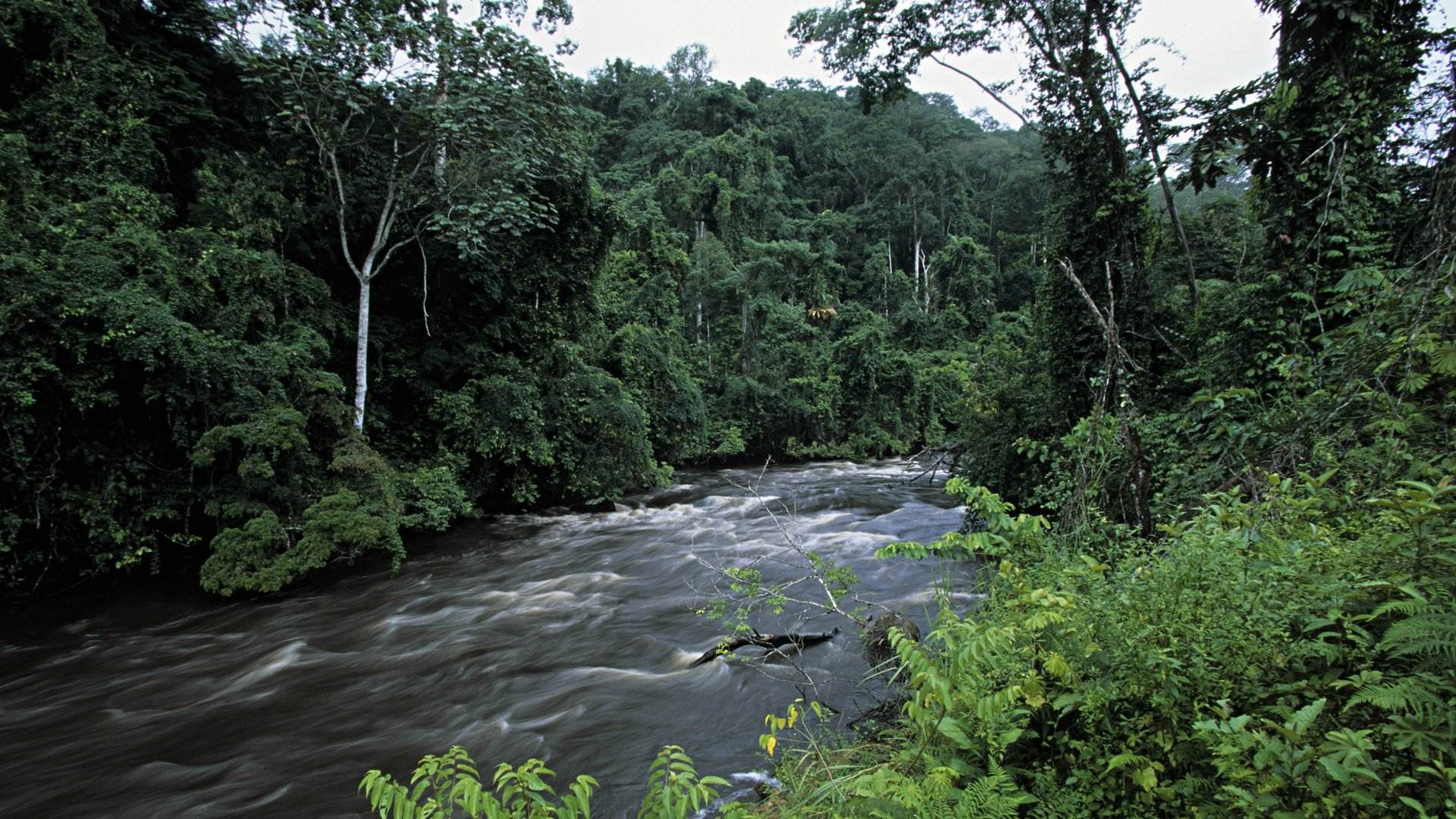Africa’s first digital map of its land reveals a surprising fact about its trees
As Africa registered a significant first, becoming the first continent in the world to complete its digital land-use data, new revelations emerged about its trees outside of key forests in Africa. There are more trees in Africa than initially thought, with the latest study showing there are about 7 billion trees on the continent, not counting the continent’s major woodlands like the Congo rainforest. This is according to a recent study by the Food and Agriculture Organisation.


As Africa registered a significant first, becoming the first continent in the world to complete its digital land-use data, new revelations emerged about its trees outside of key forests in Africa. There are more trees in Africa than initially thought, with the latest study showing there are about 7 billion trees on the continent, not counting the continent’s major woodlands like the Congo rainforest. This is according to a recent study by the Food and Agriculture Organisation.
The open data initiative that covered the period between 2018 and 2020, disclosed more forests and arable lands than were previously detected.
FAO said the findings reveal huge opportunities for the management of the environment, agriculture, and land use in Africa, and increase countries’ ability to track changes and conduct analyses for informed sustainable production, restoration interventions, and climate action.
Consequently, countries can detect where deforestation is happening, where settlement land is encroaching on cropland or grassland and where the wetland is being lost.
Africa is the first continent to complete a digital land use study of this type
The African Union Commission (AUC) revealed that the continent is the first to complete the collection of accurate, comprehensive, and harmonized digital land use and land-use change data under the Africa Open DEAL initiative. DEAL stands for Data for the Environment, Agriculture, and Land Initiative.
“Africa Open DEAL initiative has made Africa the first continent to complete the collection of accurate, comprehensive, and harmonized digital land use and land-use change data,” FAO and the AUC said at the virtual launch of the initiative July 13, 2021.
The collection of digital land-use data is crucial in agricultural policymaking.
“This collaboration has…assured that we can still turn the tide, that we can still restore degraded land for agricultural use, through models such as agroforestry, that we can still halt desertification, that we can still fight climate change, and above all that we can still restore hope for humanity despite the odds,” said Josefa Sacko, the African Union Commissioner for Agriculture, Rural Development, Blue Economy, and Sustainable Environment.
Moreover, land-cover data is used as basic information for sustainable management of natural resources; it is increasingly needed for the assessment of impacts of economic development on the environment.
According to Down To Earth, Collect Earth, free and open-source software developed by FAO, was used to collect data through Google Earth.
It is part of the set of tools called Open Foris and was developed in 2017 in collaboration with Google Earth, Bing Maps, and Google Earth Engine.
The data was analyzed to highlight land-use change over the past two decades and the potential for restoration at the national level for every country in the African continent.
“This initiative showed that science and innovation could provide real solutions and that collaboration and pooling experience led to the best results,” Qu Dongyu, FAO director-general, said in his statement.
The initiative further revealed that 350 million hectares of cropland are cultivated in Africa. This is a 25% jump over the cropland in the continent. FAO estimates show, in 2018, 279 million hectares of cropland were cultivated in the continent.
This story was republished with the permission of bird, a story agency under Africa No Filter.
Sign up to the Quartz Africa Weekly Brief here for news and analysis on African business, tech and innovation in your inbox